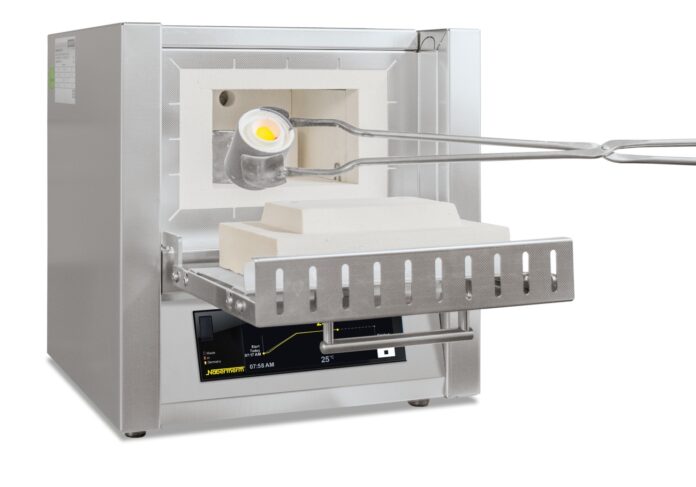It can be a chore to maintain your living space at a consistent, comfortable temperature when you are having difficulties with your furnace operating inefficiently. You may not even realize that your HVAC system is the problem if you haven’t examined the true cause of your temperature control problems. However, taking the time to get to the root of the problem can save you some discomfort, money, and headaches in the future.
For further reference, you can take a look at this set of articles if you want to determine how effectively furnaces perform within an indoor HVAC setting.
Preventative Measures
The old saying goes that an ounce of prevention is worth a pound of pain. That is especially true for your HVAC system. Keeping your system operating at its best will prevent it from failing far sooner than it should and save you money on energy costs and repairs. While there are some maintenance measures you can do yourself, you will want to call on a certified HVAC technician for others. Top 65 CrackStreams Alternatives Sites To Watch NFL, NHL & UFC
· Air filters – You should change your air filters on a regular schedule. During months of light use, it might be sufficient to change your filter every three months, but during seasons of heavy use or if you have furry friends like cats or dogs, you should change them more often. Keeping our filters clean will prevent dust, hair, and other debris from blocking airflow and introducing pollutants into the air.
· Maintain a constant thermostat – A thermostat set at a constant temperature and not adjusted very often experiences less wear and tear, as does the system it commands. Setting a comfortable temperature and leaving it there, with rare changes, will increase your system’s lifespan and reduce energy consumption. If you must adjust the temperature, do so in gradual increments and then wait for the unit to accomplish the new setting before adjusting again.
· Clean the exterior unit – Because it is exposed to the elements outside your home, dirt and debris can get inside certain components and block or reduce its efficiency or cause issues. Periodically turn the unit off and hose it down with a water sprayer to flush away any possible hindrances.
· Check your ducts – Air often escapes through any cracks, tears or holes that develop in your ductwork. Check to see if you feel any cool air seeping out and make replacements or maintenance performed. Flexible ductwork possesses a far shorter lifespan than metal ductwork. It must be replaced after it has begun to leak. You can patch it temporarily but should have a professional replace it. You can repair metal ducts using standard duct tape. Protecting your ducts with insulated foil wrappings will help protect them from higher temperatures and increase how long it lasts.
Inspections
Routine inspections can prevent problems before they happen or at least before they become larger issues. You should check the following regularly:
· Air ducts – Make sure they aren’t blocked or unclean. While you may be able to take care of a bit of dirt and grime using DIY methods, consult an expert for more serious buildup or blockages that are not easily cleared.
· Thermostat – Check to make sure your thermostat is operating and keeping the temperature set. Some thermostats have batteries that need to be replaced. You might also find damage that should be addressed. If you do find problems with your thermostat, contact your local HVAC professionals for repairs or a replacement. This might be a good time to upgrade to a programmable thermostat if you had an older model.
· Temperatures – Verify the temperature in the heated areas of your home. If you note areas where the temperature is not consistent with the thermostat setting, you may have an airflow problem in that area. This might be as simple as someone has closed a vent that needs to be reopened or it may be more significant and need to be checked by an HVAC tech.
· Anniversaries – Periodically remind yourself how old your system is and begin making plans for replacement if it is more than ten years old. Even if your system is currently working properly, it may no longer be your most energy-efficient option or require more repairs. It is best to be ahead of the game and prepare a plan of action before a failure.
Testing
A quick way to test whether your HVAC system is heating efficiently is to do a quick test. This works especially well for older systems that might not have the bells and whistles that let you know when you need repairs or to check on problems like come with newer models.
Using a room thermometer (a digital meat thermometer will work if you don’t have one), measure the temperature of the air that blows out from a vent and also the temperature of the air that is being sucked back in from the room. To get accurate readings, make sure the unit has been in operation for a minimum of twenty minutes before testing.
To perform the test, simply hold the thermometer in the middle of the airflow until the reading settles or lay the thermometer in the center of the supply register nearest the interior cooling components. It may take at least five minutes to get a valid reading.
Repeat this process with the vent where air returns.
Now, compare the two readings. The air coming exiting your vents should be around fourteen to twenty degrees Fahrenheit warmer than the air entering the vents.
If you discover a significant difference in the two readings, it is a sign that your unit is having problems heating the air it is sending back out into your home. You should contact your preferred HVAC service provider for inspection and service.
The is nothing worse than having your furnace go out when you need it most. Keep it in tip-top shape by scheduling periodic checks on those items you can look at yourself and don’t skip having professional maintenance performed once or twice every year. With just a bit of attention, you can keep your HVAC system working for you without fail.











